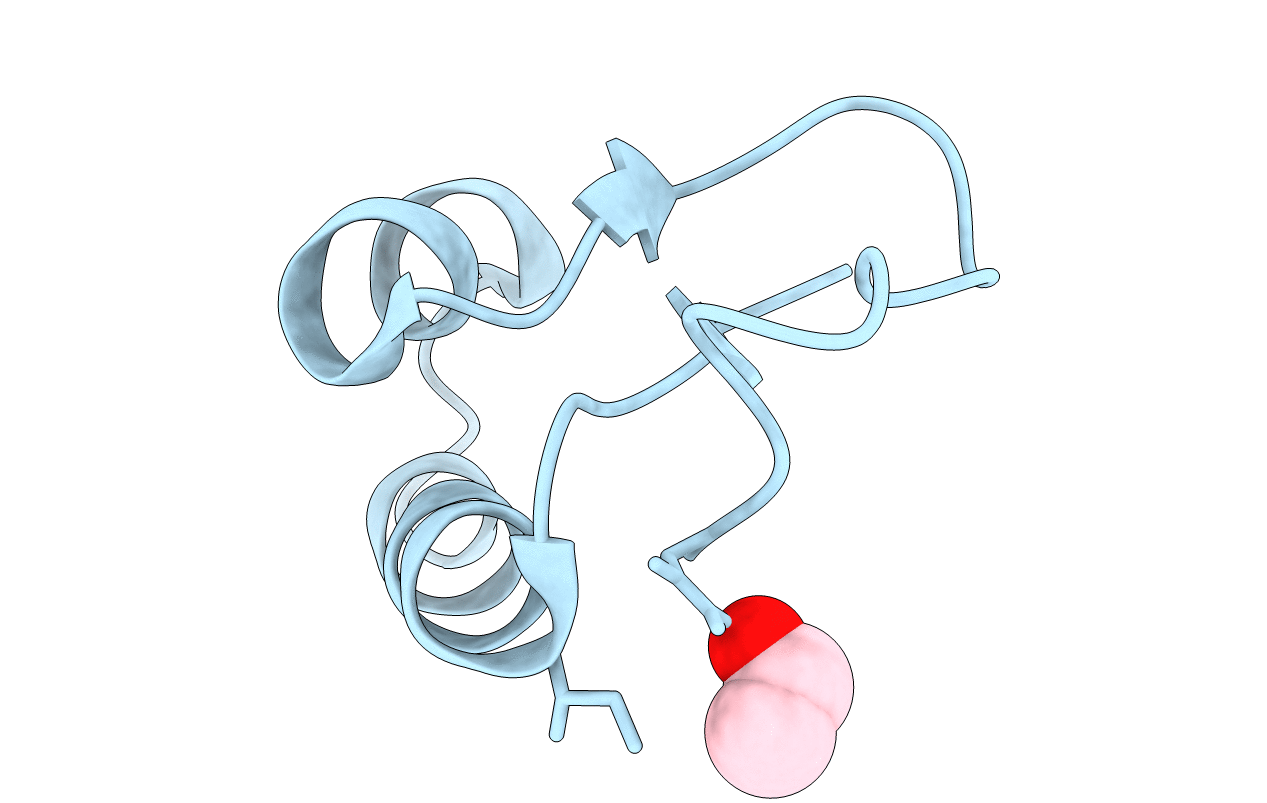
Deposition Date
2001-09-09
Release Date
2001-10-31
Last Version Date
2024-10-30
Entry Detail
PDB ID:
1JXU
Keywords:
Title:
CRAMBIN MIXED SEQUENCE FORM AT 240 K. PROTEIN/WATER SUBSTATES
Biological Source:
Source Organism:
Crambe hispanica subsp. abyssinica (Taxon ID: 3721)
Method Details:
Experimental Method:
Resolution:
0.99 Å
R-Value Work:
0.09
R-Value Observed:
0.09
Space Group:
P 1 21 1


